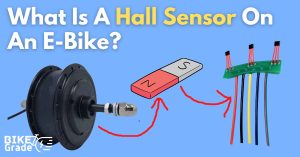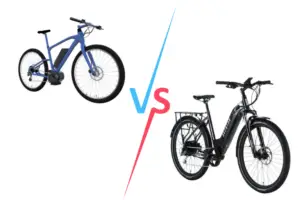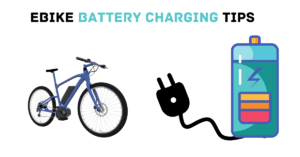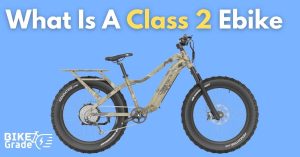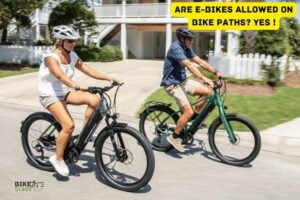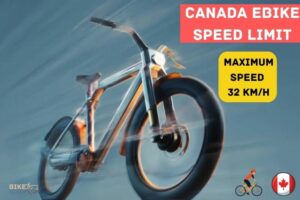Are E-bikes Considered Motorized Vehicles? No, Here is Why!
No, in most countries ebikes aren’t considered motorized vehicles. The Department of Transportation treats ebikes as regular bikes so in most places, the rules regarding registration and license may not be that strict for ebikes.
If you break down the classes of ebikes, you will find features that aren’t quite significant compared to other motorized vehicles but are almost on par with any regular bicycle.
Ebike Class 1 has only paddle assist but no throttle, and the top speed is 20 mph. Ebike Class 2 also has a top speed of 20 mph with both paddle assist and throttle enabled. Both classes 1 and 2 have top speeds comparable to any regular bike, so putting them in the same category of non-motorized vehicles is justified.

Ebike class 3 has both paddle and throttle assist and has a top speed of 28 mph. Although 28 mph is higher than any regular bike, it isn’t enough to be on par with cars, motorbikes, and other motorized vehicles. So class 3 ebikes are also kept in the category of non-motorized vehicles.
Ebike Class 4 has an average speed of 30 mph to 50 mph with both paddle and throttle. So registration and licensing might be an issue but they will still be considered non-motorized vehicles in most places.
Differences Between Motorized Vehicles And E-bikes
There are a lot of differences between motorized vehicles and ebikes. Here is a chart to help you understand it better.
| Features | Ebike | Motorized vehicles |
| Paddle | All classes of ebikes (1,2,3 & 4) have paddle assist. | Won’t have any paddle assist. |
| Fuel system | Totally depending on the battery’s electric charge to function. | Most motorized vehicles run on gasoline. |
| Capacity | The capacity of the ebike is expressed in Wattage. | In motorized vehicles, power is expressed in horsepower, and the size of the engine is expressed in cubic capacity (cc). |
| Insurance | Not mandatory. | Mandatory. |
| License, registration | Mostly needed for class 4 ebikes. | It’s essentially for riding every motorized vehicle. |
| Accessibility | Has easy access to bike paths, parks, trails, and more. | Have to stick to the motorized vehicle lane and be restricted from entering bike paths and Parks. |
Is There A Speed Limit On Ebikes In The United States?
Yes, there is a speed limit on ebike in the United State of America. The speed limit range may vary depending on the ebike class.
For class 1(without throttle assist) and class 2 ebike (both paddle assist and throttle assist), the speed limit is set at 20 mph. The speed limit is set to prioritize the safety of both Riders and pedestrians. Because of the 20 mph speed limit, the class 1 and 2 ebikes have easy access to bike paths, sidewalks, parks, trails, and more.
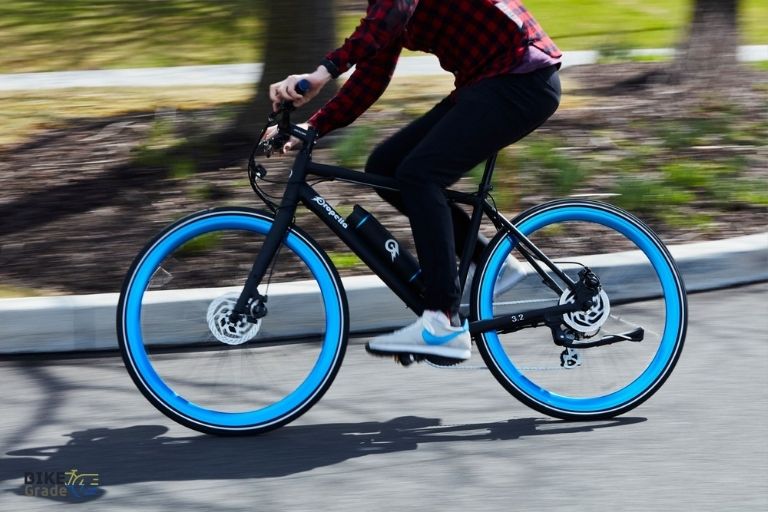
For class 3 ebikes, the speed limit is set at 28 mph. So the rules and regulations around class 3 ebikes are a little bit strict. The 28 mph speed limit may be too much for entering the park but too little for going on busy roads, so most riders ride the class 3 ebike on a bike path at a lower speed.
For class 4 ebikes, there isn’t any specific speed limit. It can be as low as 30 mph to almost as high as 80 mph. The class 4 ebikes are rarely allowed on the bike path, parks, and trails. Thanks to its high speed and capacity, a rider has to stick to the car lane.
Watch Video: US Electric Bike Laws Explained
Are E-bikes Allowed At Races, Rides, Fondos, And Other Bike Events?
No, ebikes are rarely allowed on races, Fondos, and other bike events. Although there are lots of explicit events for ebike races, rides, and fondos. However, many famous racing events organizing committees discourage the mixup of ebikes and regular bikes in racing or other events.
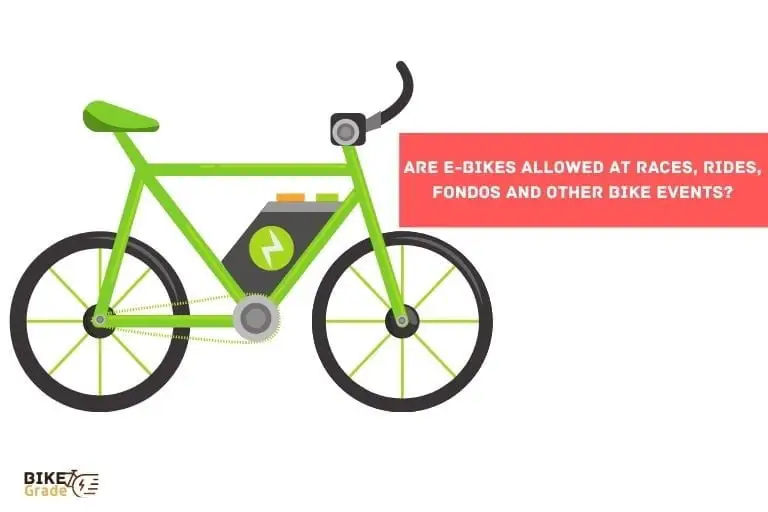
In a racing or bike event, when a normal bike rider is putting in his best effort and almost reaching their fatigue, an ebike rider is sure to have an unfair advantage and may cause controversy.
Also, if an ebike loses control in the middle of a big race then it’s sure to cause chaos. In an event where every rider is feeling the adrenaline rush and trying to win, an ebike might not fit in.
What States Require A License To Ride An Ebike?
There are a total of 7 states that require a license to ride an ebike.
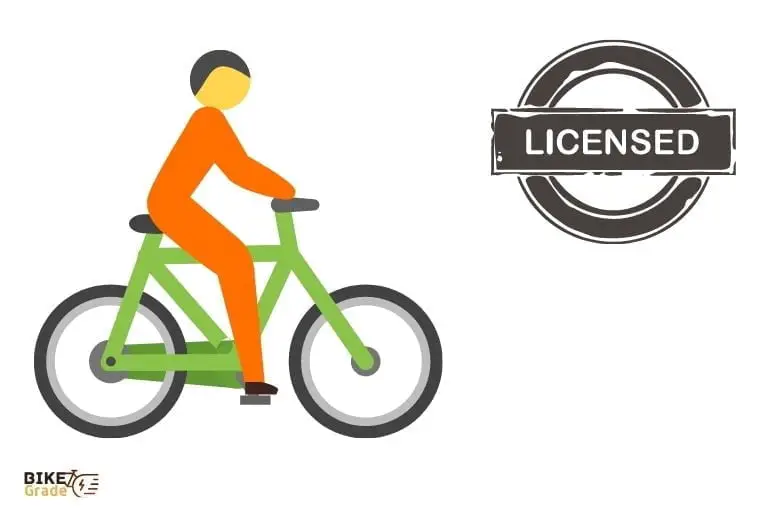
The name of the states are
- North Dakota,
- New Mexico,
- Alabama,
- Missouri,
- Alaska,
- Wisconsin,
- Massachusetts.
In those 7 states, you may need to register your ebike and get a moped license. However, the rules and regulations regarding ebikes are quite flexible in other states. Among the 50 states, you would be able to move around freely on your ebike without worrying about license and registration in 43 states.
Which States Have Helmet Requirements?
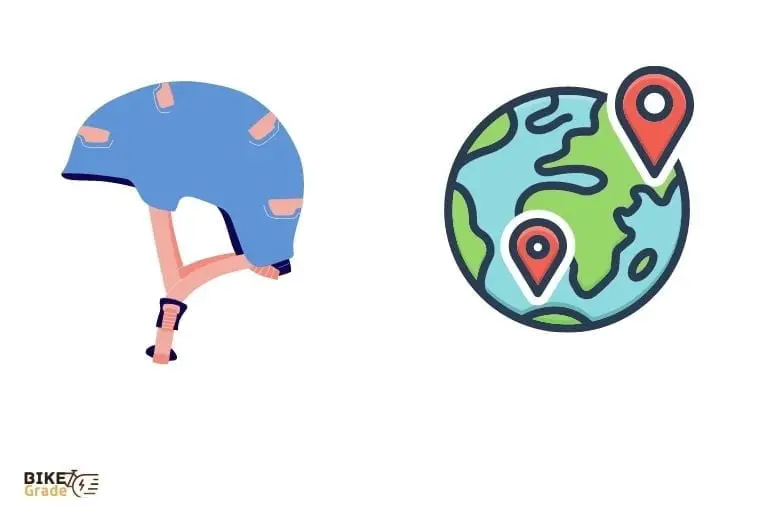
There are a total of 15 States that have strict rules regarding helmet requirements. The name of the states are:
- Oklahoma,
- Texas,
- Washington,
- Delaware,
- New Mexico,
- New Jersey,
- Washington D.C.,
- Florida,
- Hawaii,
- Maine,
- Maryland,
- North Carolina,
- Oregon,
- Rhode Island,
- Pennsylvania.
For some states, there is an age limit, in California underage riders (below 18 years old) need to wear helmets for riding an ebike. For some states the age limit is a little bit flexible, Connecticut, Georgia, Tennessee, and New Hampshire allow anyone above the age of 16 to ride ebikes without a helmet.
FAQ
How Old Do You Have To Be To Ride An Ebike?
In Which States Are 1000w Ebikes Legal?
Is There A Speed Limit On Ebikes In The United States?
Do I Need Insurance To Ride An Ebike?
Conclusion
Despite having a motor, an ebike is considered a non-motorized vehicle. The ebike power and capacity aren’t that much to be compared with motorized vehicles. The class 1 and 2 ebikes, despite a motor attached, can only reach a top speed of 20 mph which is not that much from any regular bicycle so keeping them in the same category makes sense.
Even class 3 ebikes are considered regular bikes but class 4 may need to be registered in some places. Enjoy riding your ebike without worrying too much about legal documents.

